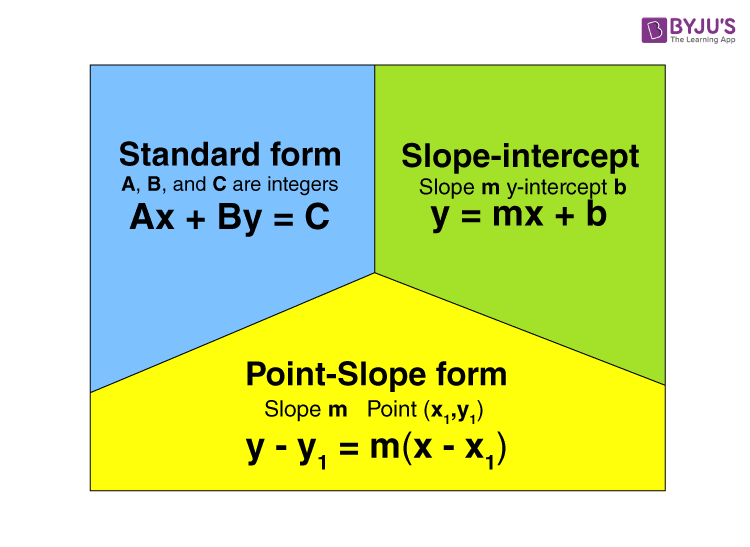Functions
Functions
A function is a relation that assigns exactly one output for each input.
Functions are often expressed as equations, ratios, or mappings where each input is associated with one output.
Common function types include linear, quadratic, polynomial, exponential, and logarithmic.
Volume of a Cylinder
The formula for the volume (V) of a cylinder is given by: [ V = \pi r^2 h ]
Where:
( r ) = radius of the base of the cylinder
( h ) = height of the cylinder
The volume represents the amount of space inside the cylinder.
Volume of a Cone
The formula for the volume (V) of a cone is: [ V = \frac{1}{3} \pi r^2 h ]
Where:
( r ) = radius of the base of the cone
( h ) = height of the cone
The volume of a cone is one-third that of a cylinder with the same base and height, reflecting its tapered
Identifying Linear vs Nonlinear Functions
Linear Functions:
Graphs as straight lines.
Can be expressed in the form y = mx + b where:
m = slope of the line.
b = y-intercept.
Have a constant rate of change.
Examples include equations like y = 2x + 3.
Nonlinear Functions:
Graphs are not straight lines.
Can take forms such as parabolas, circles, or exponential curves.
The rate of change is not constant.
Examples include y = x^2, y = e^x, or y = sin(x).
Identifying Functions vs Nonfunctions
Functions:
A relation that assigns exactly one output for each input.
Passes the Vertical Line Test: If a vertical line intersects the graph in more than one point, it is not a function.
Examples include linear functions or basic polynomial functions.
Nonfunctions:
A relation where an input can have multiple outputs.
Fails the Vertical Line Test.
Examples include circles or any relation where two different y-values correspond to the same x-value.
